
Brian Escamilla of NES and The Hazmat Guys
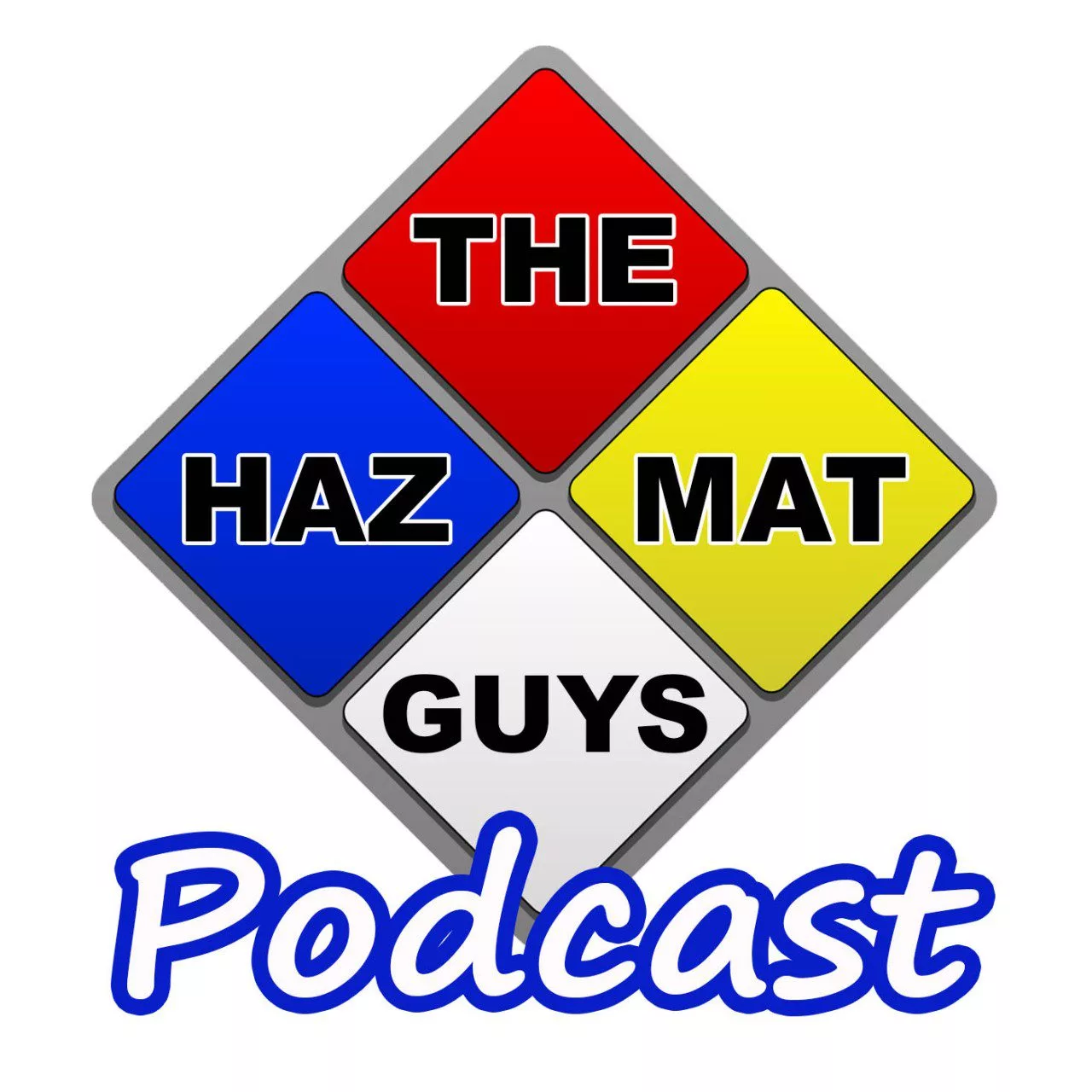
Written by: Joe Mangiardi, NES, Inc.
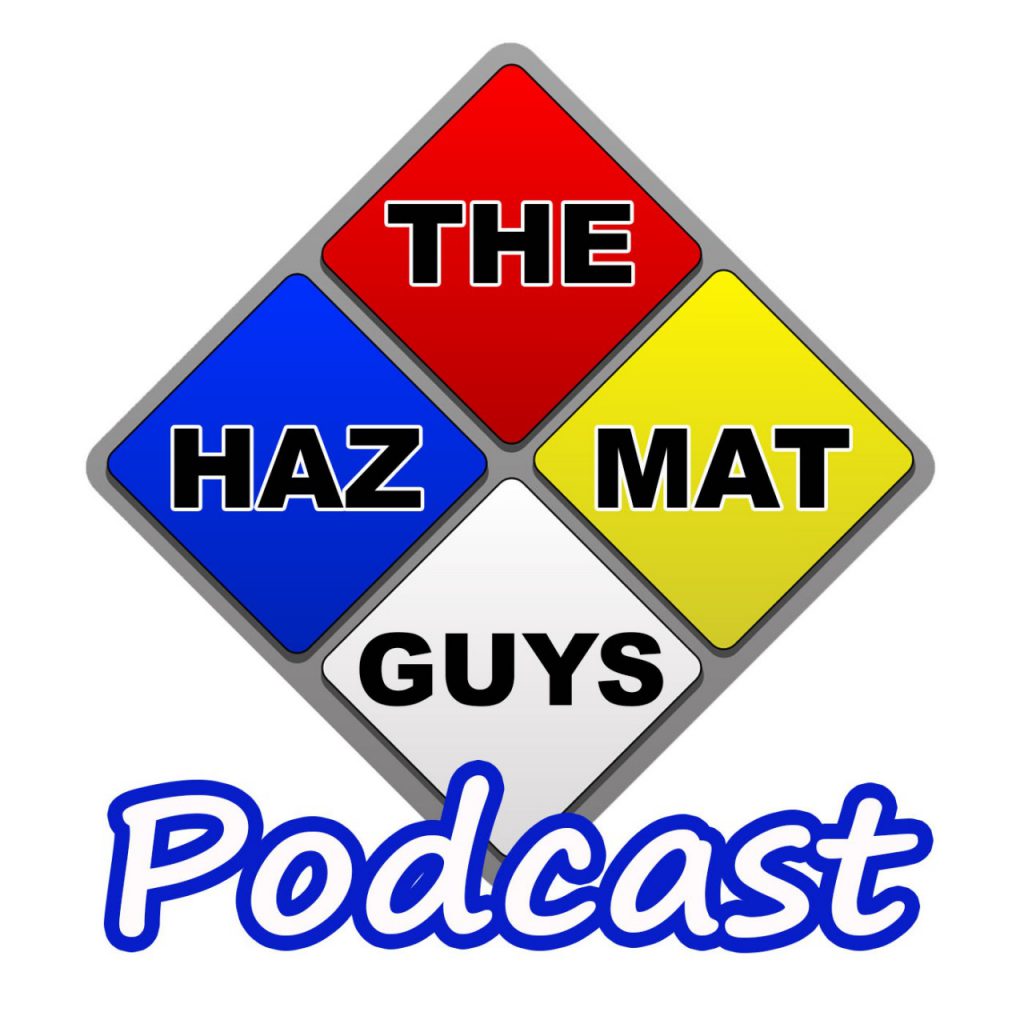 Brian Escamilla teams up with The Hazmat Guys for a podcast about fentanyl.
Brian Escamilla teams up with The Hazmat Guys for a podcast about fentanyl.
Bob and Mike: The Hazmat Guys
Bob Salvesen and Mike Monaco are The Hazmat Guys. Together they produce four related podcasts: The Hazmat Guys, Hotwash in the Car, The Instructors Corner, and the up-and-coming The Hazmat Guys News (clicking on one of these titles will bring up that podcast’s webpage, on which you can subscribe to each individually). These podcasts bring subject matter expert interviews and different perspectives on hazardous materials issues to listeners far and wide. Bob, a certified Hazardous Materials Specialist, and Mike, a certified Hazardous Materials Technician, both have extensive experience as firefighters in New York City and as instructors on various safety-related topics—to learn more about Bob and Mike, click here.
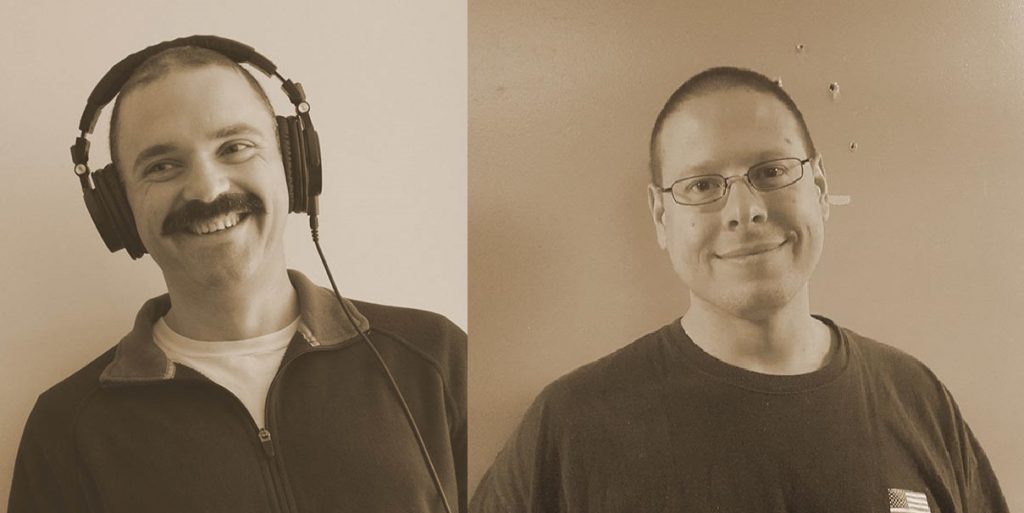 Bob (left) and Mike (right) are The Hazmat Guys.
Bob (left) and Mike (right) are The Hazmat Guys.
Fentanyl with Brian Escamilla of NES
For the June 22, 2017 podcast entitled THMG085 – Fentanyl with Brian Escamilla, The Hazmat Guys invited Brian Escamilla of NES to be the featured subject matter expert for a discussion about the dangers of fentanyl and the alarming number of increasingly potent fentanyl-based analogs. What follows is a transcription of the first portion of that discussion (for simplification, anything said in the podcast by either Bob or Mike is attributed to ‘The Hazmat Guys’). Interested readers may also listen to the podcast directly from this article:
NES would like to extend a special thank you to Bob and Mike for all that they do to support hazmat awareness and for granting us their permission to reproduce a portion of this podcast.
THMG085 – Fentanyl with Brian Escamilla
THE HAZMAT GUYS: Brian, tell us what you do.
BRIAN: Right now I am a consultant. I do training for law enforcement and hazmat in regards to the OSHA regulations for going into clandestine laboratories. I do a lot of narcotic training and expert witness testimony as pertaining to narcotic cases.
THE HAZMAT GUYS: So are you, like, a chemist, or are you…?
BRIAN: Yes, by trade I am a forensic chemist. I’ve got degrees in biology and chemistry.
THE HAZMAT GUYS: Oh, you’re a nerd!
BRIAN: [Laughing] Yeah. I fell towards the chemistry side, so I ran with that, and I really got into the narcotic aspect, and then once I started to get into the clandestine laboratories, that expanded into sub-WMD stuff and, you know, explosives and toxins.
THE HAZMAT GUYS: So it was kind of like an addiction, just kinda kept going?
BRIAN: Yeah, I couldn’t get enough of it. I couldn’t get enough of it, yeah.
THE HAZMAT GUYS: So you work with, what, the sheriff, the DEA, what do you…?
BRIAN: Basically, we’re a private company. We put together the DEA original clan lab program for agents back in 1987 as a company, and we still teach that program for DEA. Since then we have expanded into the National Guard counterdrug and we teach for all the other local law enforcement agencies. And then we do any advanced training for PCP labs, ecstasy labs, or specialty types of situations—what to go in for, what to sample, what to look for with your air monitoring equipment, what to pick up, what’s gonna trigger on a PID. And so, deciphering all that information that you’re getting from your instruments out in the field as you go through these labs and trying to parlay that into how bad this environment is is what we do the training on. And then, because of my background, personally I have synthesized ecstasy, PCP, methamphetamine—I’ve even made methamphetamine from NutraSweet!
THE HAZMAT GUYS: [Laughing]
BRIAN: Yeah, of all things.
THE HAZMAT GUYS: Like a MacGyver move! It’s like a ‘diet meth’—it’s keto-friendly!
BRIAN: [Laughing] I spent 19 years in the lab, and I was primarily assigned to doing crime scenes and drug labs and analyzing narcotic evidence, and so I went a little bit further and started doing research into how these guys are making the drugs and the byproduct formation so we could testify better as an expert and then identify the hazards for people going into these scenes and what the hell they’re running up against.
THE HAZMAT GUYS: Right.
BRIAN: So that was a big part of it and so I was publishing papers and then NES, the company that I teach for now, got ahold of me and wanted me to start doing teaching for them back in 2002, so I started teaching for DEA and some of these other local law enforcement agencies back in 2002. And I finally left the County of Sacramento and I went over full time about three years ago.
THE HAZMAT GUYS: Never looked back?
BRIAN: Never looked back.
THE HAZMAT GUYS: Good for you.
BRIAN: Yeah, I’m travelling around the country now, teaching, giving testimony, going to conferences, and loving life.
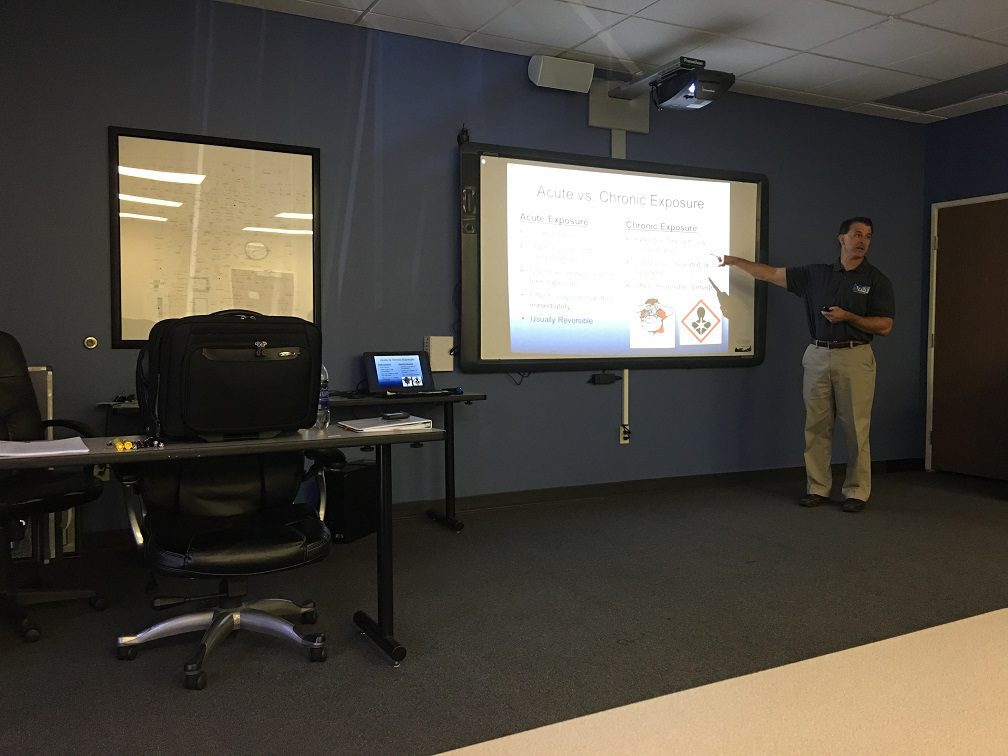 Pictured above is Brian Escamilla at the NES training facility lecturing on acute versus chronic exposure.
Pictured above is Brian Escamilla at the NES training facility lecturing on acute versus chronic exposure.
THE HAZMAT GUYS: Alright. Okay. You know what, let’s just roll right into this, because right now this is like the hot topic, this is—everybody is losing their minds. This reminds me of Ebola, this reminds me of H1N1, bird, swine flu—everything. Everything. So, Mr. Heisenberg, what, exactly, is fentanyl?
BRIAN: Fentanyl is one of the most potent opioid drugs we have out there. There’s obviously some more potent ones that have been developed, but as far as what we have seen medicinally hit the streets, medicinally speaking, fentanyl is one of the more potent opioid drugs we have. We’ve got a lot of drugs that have been developed off that fentanyl backbone that are more potent than fentanyl, but because of their potency levels they never made it towards any type of human development because the levels of potency is just too far, too great.
THE HAZMAT GUYS: Right, ‘cause we’re hearing a lot about that, like, you know, people are just taking, they’re putting some type of—we’ll leave it as a group, on a fentanyl—and then they’re getting Penta-Fentanyl, Afentanyl, carfentanil, and it goes on and on and on. And these things are exponentially more potent, right?
BRIAN: Correct. If you look at the fentanyl backbone structure, as you start adding functional groups, each time you add one you create a new compound. And it’s just a matter of how potent is that drug, what’s its tolerance dependence gonna be as it hits the mu receptors in the body, and, you know, how’s your body going to react to this drug. And so, each time you add a new compound, well, if you look at the fentanyl backbone structure, there’s 1400 different compounds that can be made from just fentanyl, and using that as a backbone structure. And to date we’ve only had a little over 200 that have ever been in existence, so as far as room to run…
THE HAZMAT GUYS: So we’ve got a long way to go!
BRIAN: Yeah. We have a long way to go as far as new compounds that can come out of this . . . the one rule of thumb, though, that we have is we’ve kind of identified the fact that as they modify the fentanyl molecule, and come up with new compounds, each of those compounds is typically more potent than fentanyl itself. And so we’ve given a lot of threat and scares into fentanyl, but the new compounds that the Chinese continue to hit us with often are more potent than fentanyl itself. But, reality of it is, we don’t know how much more potent, because there’s never been human testing. These were always research chemicals, never tested on humans until now . . .
For the rest of the interview, listen to the podcast as provided above or on The Hazmat Guys webpage.
Fentanyl for First Responders Webinar
The rapidly growing need by law enforcement and other first responders for information about how to deal with fentanyl—or how to approach scenarios potentially involving fentanyl—has prompted Brian Escamilla to develop a live webinar entitled Fentanyl for First Responders. You can join Mr. Escamilla and first responders from across the United States and beyond to learn the ins and outs of fentanyl, including how you and your colleagues can better be prepared to safely deal with this dangerous synthetic drug and its increasingly prevalent analogs. Questions are taken following the live presentation.
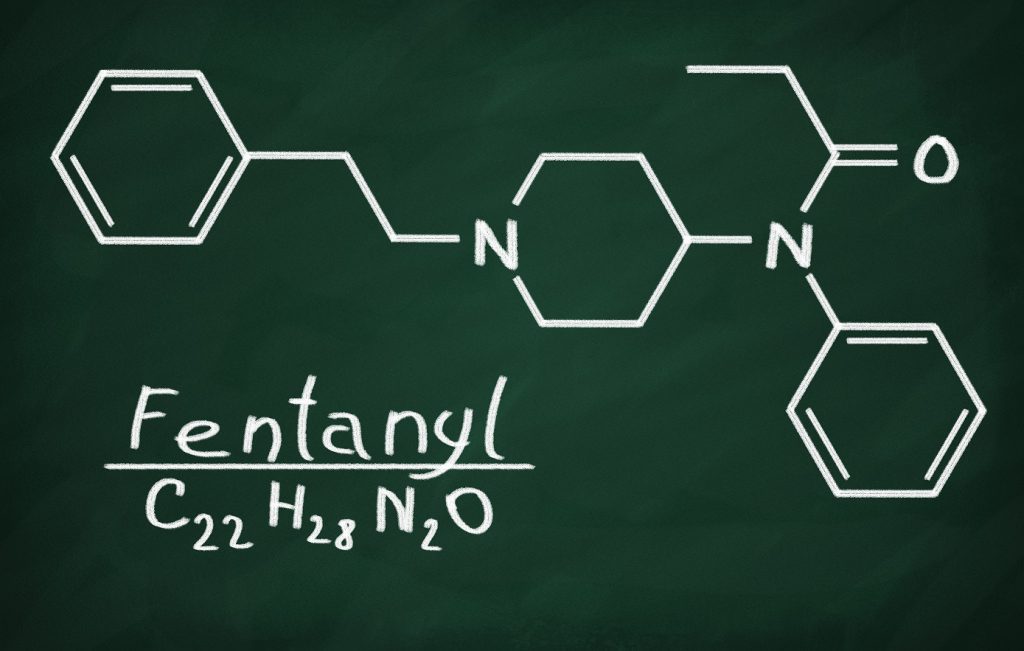 Molecular Structure of Fentanyl
Molecular Structure of Fentanyl
NES Training for Law Enforcement and Other First Responders
NES leads the world in clandestine laboratory safety training for first responders in law enforcement, hazmat, firefighter, and civil support teams. We provide training programs and products for first responders to clandestine laboratories, chemical suicides, marijuana grows, marijuana extraction labs, and other potentially hazardous material sites. Learn more by visiting the NES clandestine laboratory information page. NES regularly provides on-site and open enrollment clan lab courses to law enforcement and first responder personnel across the nation and internationally. To learn more about our clan lab training and consulting capabilities, contact NES at 916-353-2360 / 1.800.NES.ADVISE (1.800.637.2384) or office@nesglobal.net.
